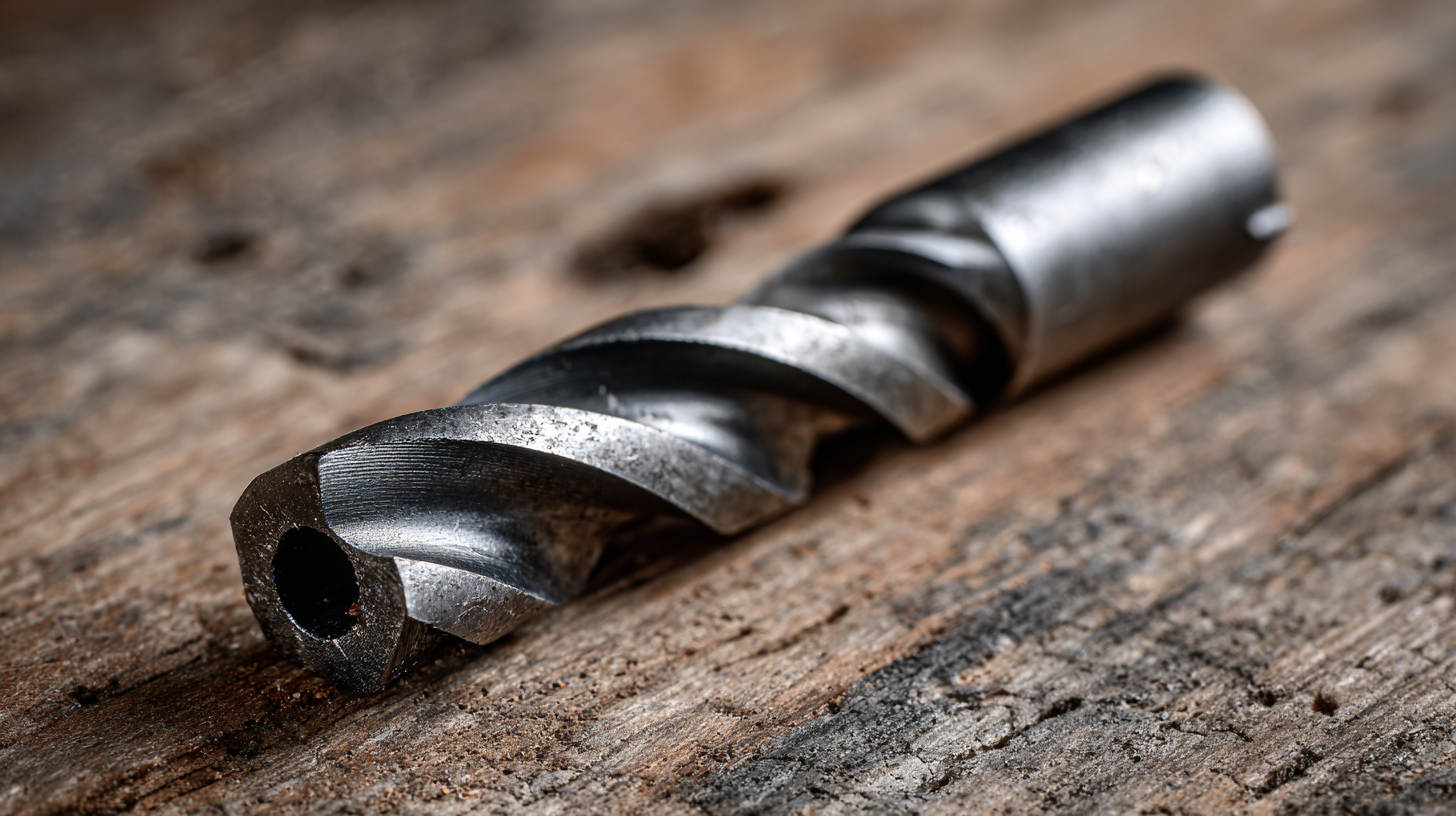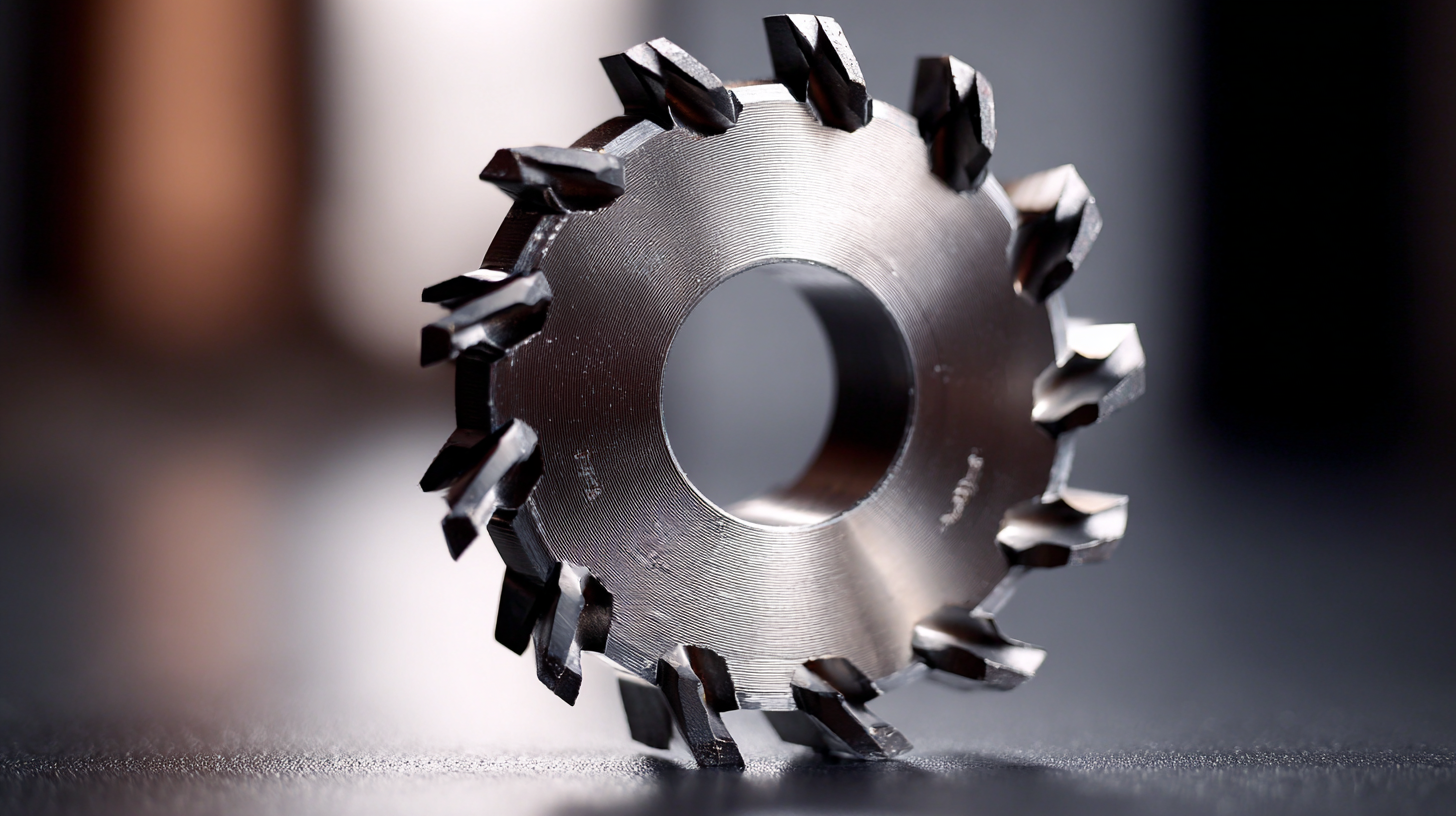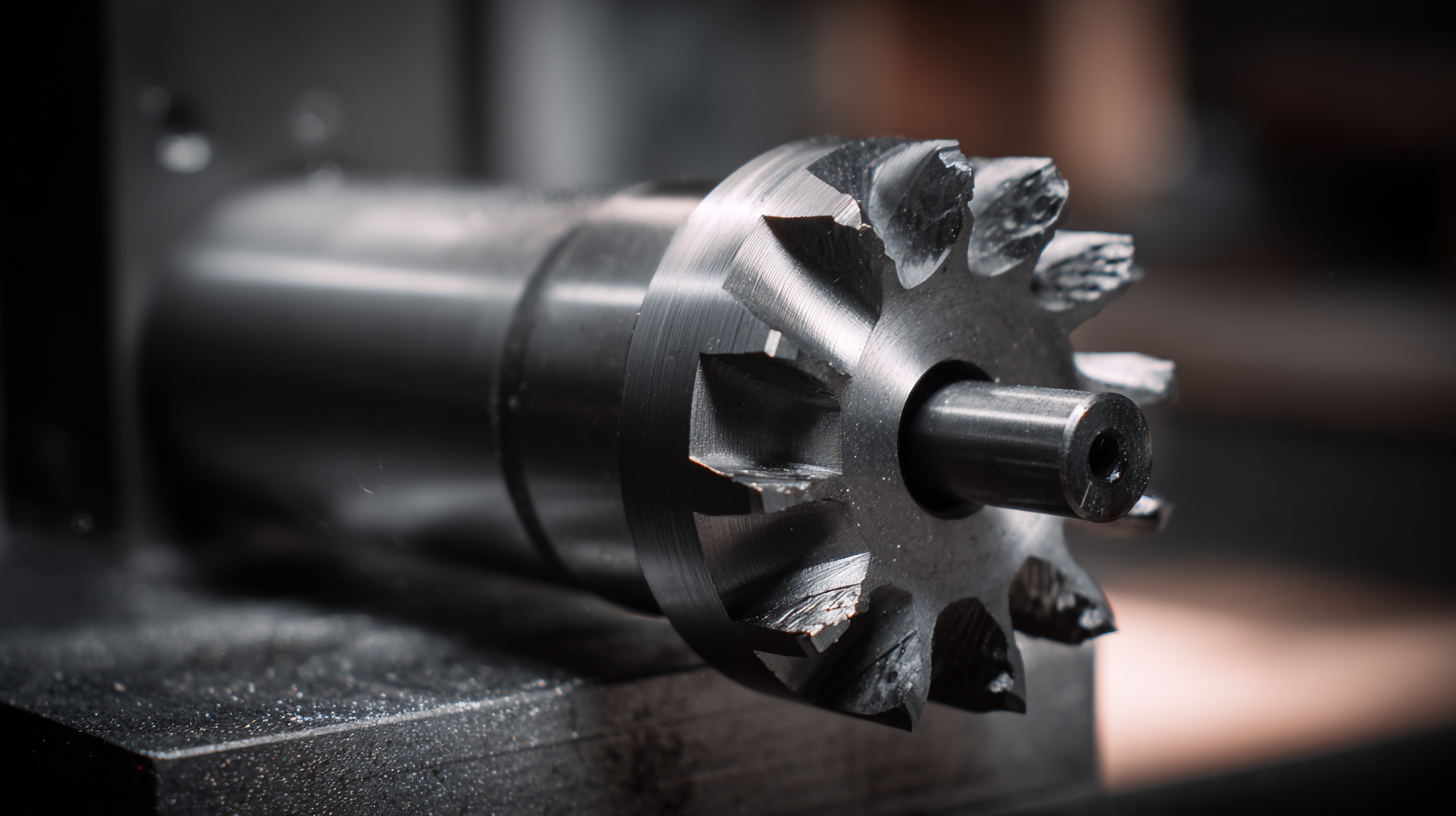FREE SHIPPING ON ALL BUSHNELL PRODUCTS
Leave Your Message
In today's industrial landscape, the demand for precise and efficient cutting tools has never been higher, particularly when it comes to metal applications. According to a recent report by Grand View Research, the global power tools market is projected to reach USD 37.19 billion by 2025, significantly driven by advancements in the manufacturing and construction sectors. Among these tools, the hole saw drill bit for metal stands out due to its unique ability to create clean and precise holes in various metal types, from mild steel to stainless steel.

As professionals continue to seek operational efficiency, understanding how to choose the right hole saw drill bit for metal becomes crucial. This guide aims to navigate you through the key considerations, types, and specifications that will help you select the best product for your specific metalworking needs.
When it comes to choosing the best hole saw drill bit for metal applications, understanding the different types available is crucial. Hole saws come in various materials and designs, each tailored for specific tasks. For example, bi-metal hole saws combine high-speed steel with a softer steel body, making them durable and versatile for cutting through various metals. On the other hand, carbide-tipped hole saws are ideal for tougher materials, as they can withstand high temperatures and heavy use.

When selecting a hole saw for metalwork, here are a few tips to keep in mind. Firstly, consider the thickness of the metal you will be working with; thicker materials often require larger and more robust hole saws. Additionally, check the tooth design of the bit—teeth with a variable pitch help in reducing heat build-up and can enhance cutting efficiency. Lastly, always ensure your hole saw is compatible with your drill, as this will significantly affect performance.
Another essential tip is to invest in a good quality pilot drill bit. A pilot bit helps guide the hole saw and keeps it centered, reducing the chance of wandering and ensuring a clean cut. Following these guidelines can help you make an informed decision and achieve the best results in your metal drilling projects.
When selecting a hole saw drill bit for metal applications, several key features must be prioritized to ensure optimal performance. First and foremost, material composition plays a significant role in the drill bit’s durability and effectiveness. Polycrystalline diamond composite (PDC) drill bits are renowned for their exceptional cutting capabilities and longevity, making them ideal for tough metal surfaces. According to industry reports, PDC bits provide up to three times the lifespan compared to traditional carbide equivalents, particularly when used in high-stress environments.
Another vital consideration is the size and design of the hole saw. Choosing the right diameter is crucial for achieving the desired cut without compromising the integrity of the material. Additionally, the tooth design can drastically affect drilling efficiency; bits with a variable tooth pattern reduce vibrations and increase cutting accuracy. The best models incorporate advanced engineering techniques, ensuring they maintain cutting edges under extreme conditions. A report from a leading tool manufacturer indicates that optimized tooth geometry can enhance cutting speeds by over 20%, translating to faster project completion times.
When selecting a hole saw drill bit for metal applications, understanding material considerations is paramount. Different types of metals require specific drill bit materials to ensure efficiency and durability. For instance, high-speed steel (HSS) bits are ideal for softer metals such as aluminum and brass due to their excellent toughness and heat resistance. According to a report by the Metalworking Industry Association, HSS bits can last up to 3 times longer than standard steel bits when used on softer materials.
Conversely, when drilling through harder metals like stainless steel or titanium, carbide-tipped hole saws are recommended. This is because carbide has a hardness rating that can withstand high temperatures and wear, making it suitable for tough applications. Research published in the Journal of Manufacturing Processes indicates that carbide-tipped bits retain their sharpness significantly longer, resulting in fewer replacements and lower operational costs over time.
By selecting the appropriate drill bit material based on the metal type, users can maximize their drilling efficiency and achieve cleaner cuts in their metalworking projects.
When working with hole saw drill bits for metal applications, having the right accessories and tools can significantly enhance your efficiency and the quality of your work. A high-quality pilot bit is essential; it helps to guide the saw and prevents it from wandering off the intended cutting path. Look for bits made from durable materials that can withstand the heat generated during drilling, ensuring accuracy and longevity. Additionally, a cutting lubricant will aid in reducing friction and prolonging the life of your hole saw, allowing for cleaner cuts and less wear on the tool.

Another important accessory is a reliable arbor, which connects the hole saw to the drill. The right arbor not only ensures stability during the drilling process but also allows for quick changes between different sizes of hole saws. Lastly, investing in a sturdy work surface or clamp can provide additional support for the material being drilled, minimizing movement and ensuring precise cuts. With these essential accessories and tools in place, you can maximize the performance of your hole saw drill bits and achieve professional-level results in your metalworking projects.
When it comes to maintaining hole saw drill bits, proper care and storage can significantly extend their lifespan. First and foremost, always clean the bits after each use. Remove any metal shavings and debris using a brush or cloth, and if necessary, soak them in a solution of warm, soapy water to remove stubborn residue. Dry them thoroughly to prevent rust formation, as moisture can quickly corrode your bits.
Another vital aspect of maintenance is regular inspection. Check for any signs of wear or damage, such as cracks or dull teeth. If a hole saw has become blunt or damaged, sharpening or replacing it promptly will help maintain optimal performance during metal applications.
Storage is equally important; storing your hole saw drill bits correctly can prevent unnecessary damage. Keep them in a dry, cool place, preferably in a dedicated storage case that protects them from impact and moisture. Using dividers or foam inserts can help organize bits by size and type, making it easier to access the right tool when needed and safeguarding against clanking that could cause nicks or fractures.
This chart displays the average cutting performance of different types of hole saw drill bits used in metal applications based on material efficiency.
